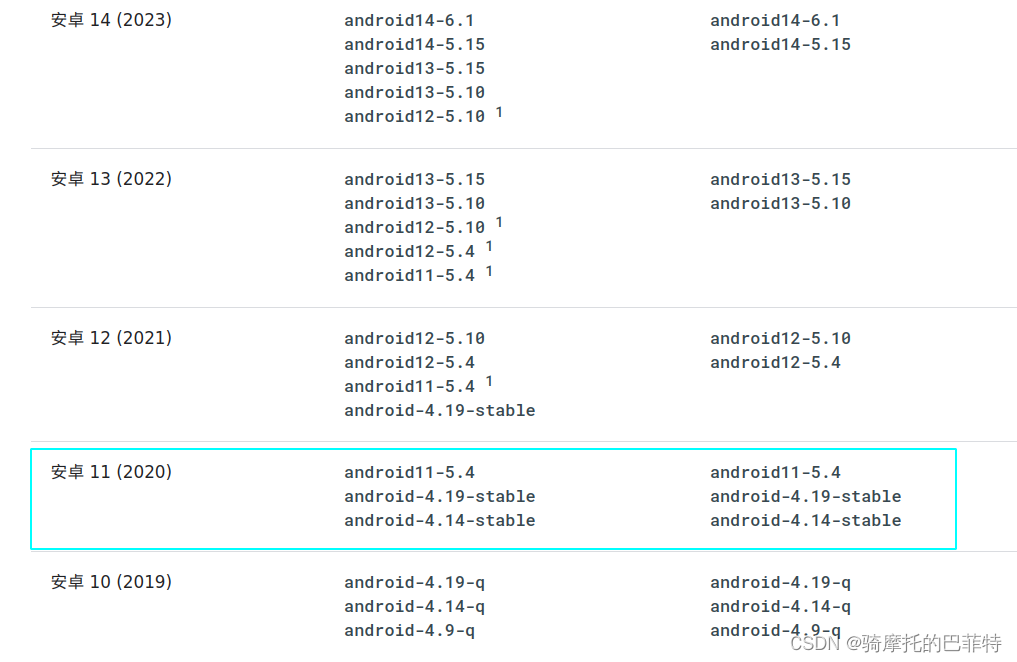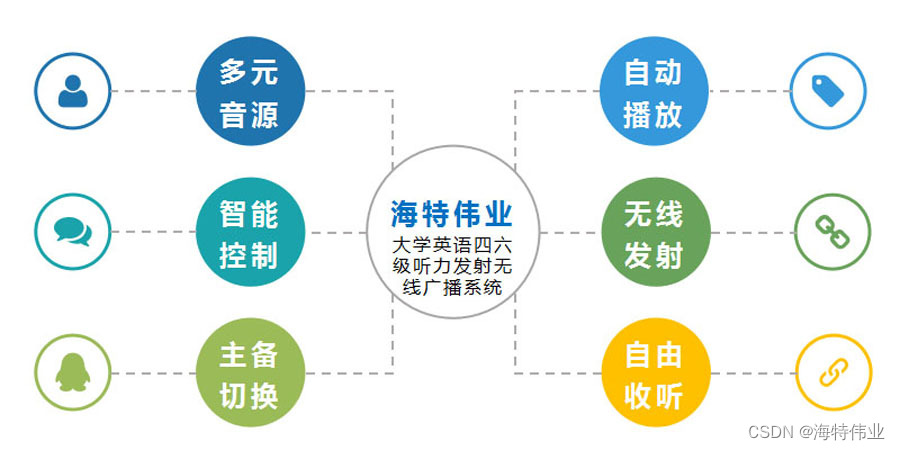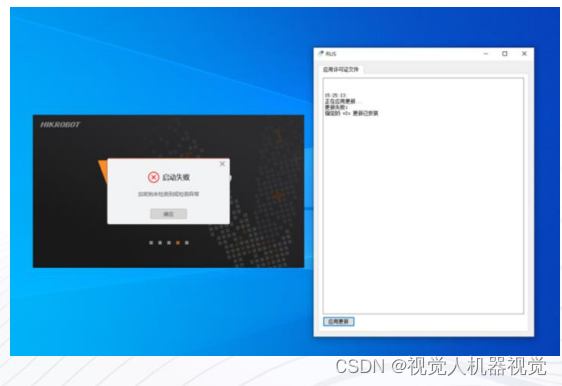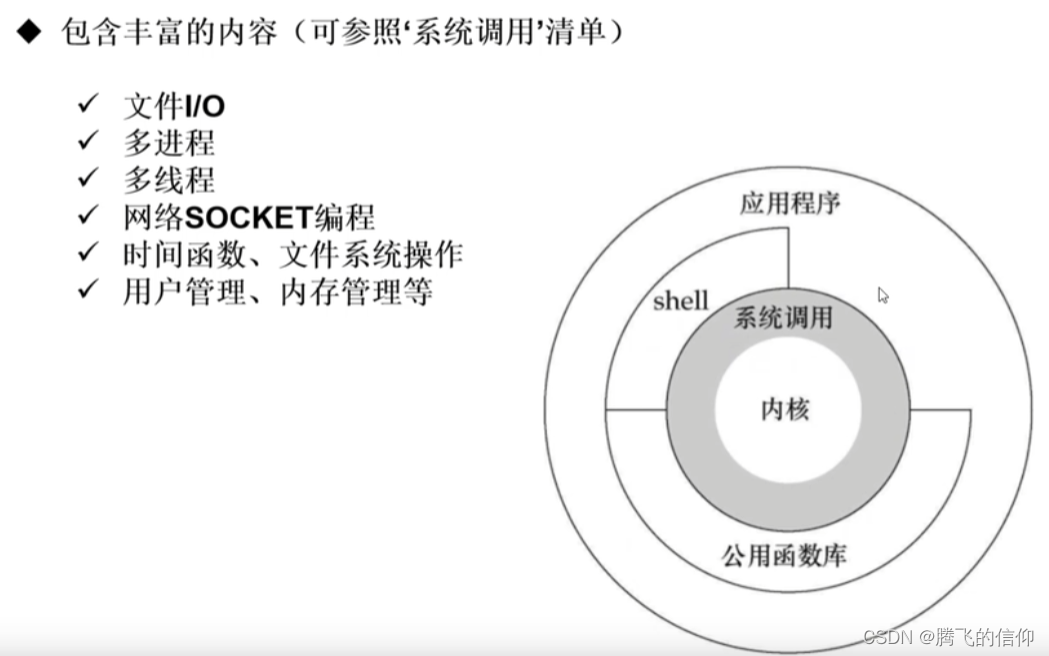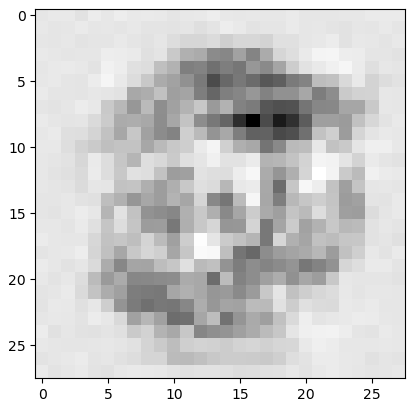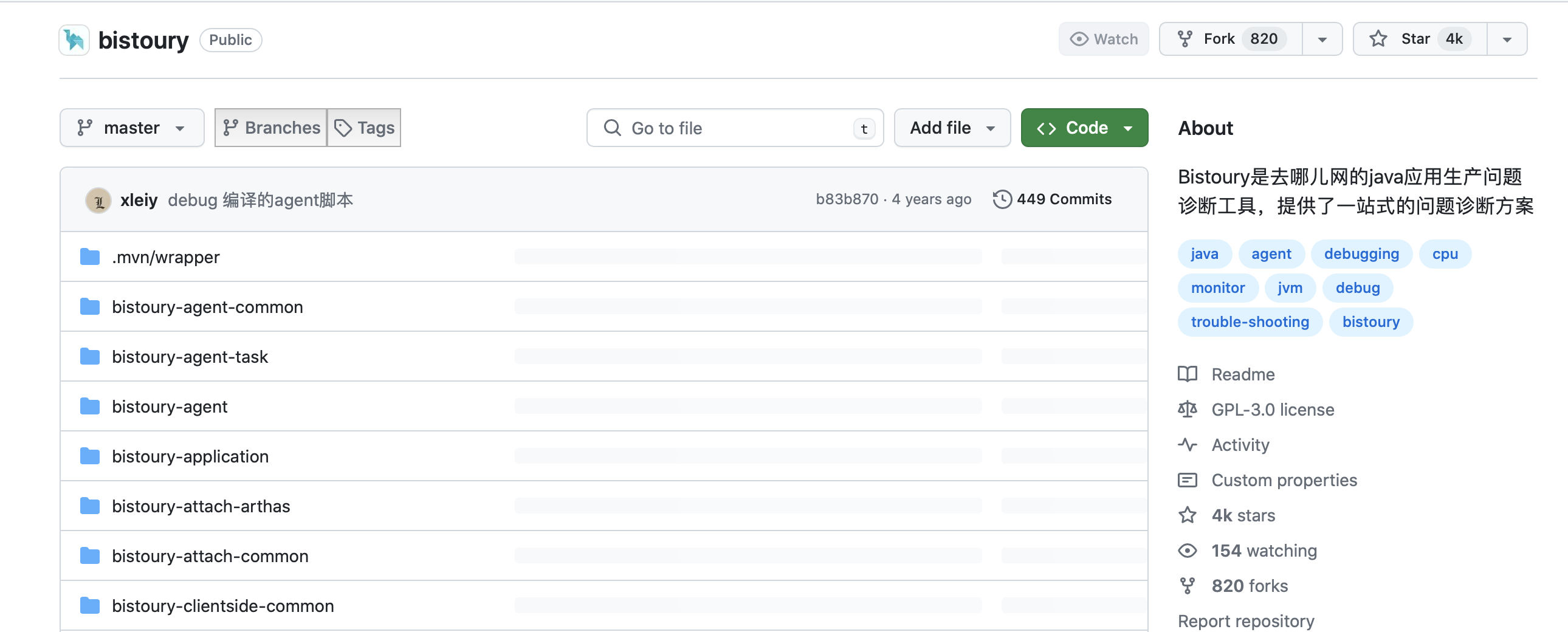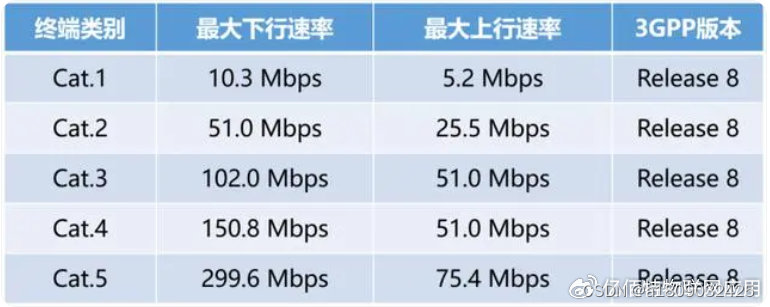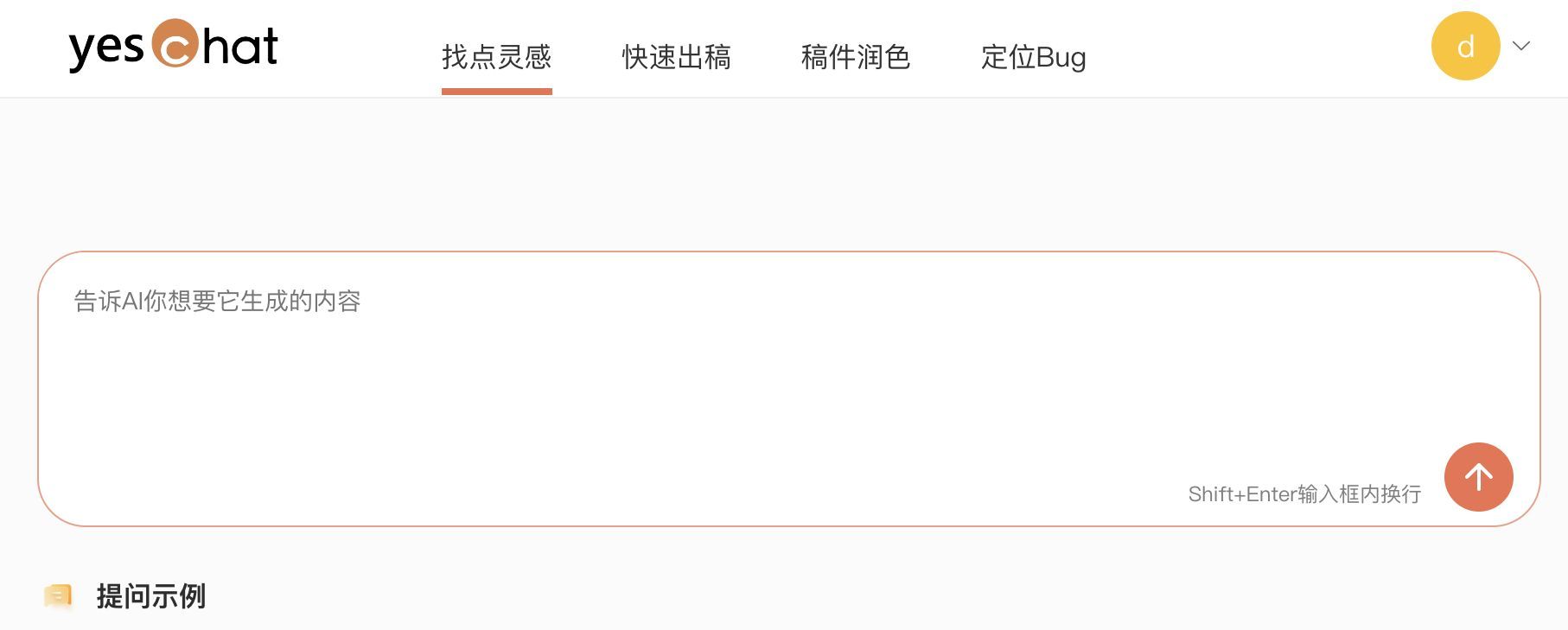- 🍨 本文为🔗365天深度学习训练营 中的学习记录博客
- 🍖 原作者:K同学啊
一、数据预处理
1. 任务说明
本次加入Word2Vec使用PyTorch实现中文文本分类,Word2Vec则是其中的一种词嵌入方法,是一种用于生成词向量的浅层神经网络模型。Word2Vec通过学习大量的文本数据,将每个单词表示为一个连续的向量,这些向量可以捕捉单词之间的语义和句法关系。数据示例如下:
2. 加载数据
import torch
import torch.nn as nn
import torchvision
from torchvision import transforms,datasets
import os,PIL,pathlib,warnings
warnings.filterwarnings("ignore") #忽略警告信息
device = torch.device("cuda" if torch.cuda.is_available() else "cpu")
device
输出:
device(type='cpu')
import pandas as pd
#加载自定义中文数据
train_data = pd.read_csv(r'D:\Personal Data\Learning Data\DL Learning Data\train.csv',sep ='\t',header = None)
train_data.head()
输出:

#构造数据集迭代器
def coustom_data_iter(texts,labels):
for x,y in zip(texts,labels):
yield x,y
x = train_data[0].values[:]
y = train_data[1].values[:]
3. 构建词典
from gensim.models.word2vec import Word2Vec
import numpy as np
#训练Word2Vec浅层神经网络模型
w2v = Word2Vec(vector_size=100, #特征向量的维度,默认为100
min_count=3) #对字典做截断,词频少于min_count次数的单词会被丢弃掉,默认值为5
w2v.build_vocab(x)
w2v.train(x,
total_examples=w2v.corpus_count,
epochs=20)
输出:
(2732920, 3663560)
#将文本转化为向量
def average_vec(text):
vec = np.zeros(100).reshape((1,100))
for word in text:
try:
vec += w2v.wv[word].reshape((1,100))
except KeyError:
continue
return vec
#将词向量保存为Ndarray
x_vec = np.concatenate([average_vec(z) for z in x])
#保存Word2Vec模型及词向量
w2v.save(r'D:\Personal Data\Learning Data\DL Learning Data\w2v.pkl')
train_iter = coustom_data_iter(x_vec, y)
len(x),len(x_vec)
输出:
(12100, 12100)
label_name = list(set(train_data[1].values[:]))
print(label_name)
['Music-Play', 'Travel-Query', 'Weather-Query', 'Audio-Play', 'Radio-Listen', 'Video-Play', 'Calendar-Query', 'HomeAppliance-Control', 'Alarm-Update', 'Other', 'TVProgram-Play', 'FilmTele-Play']
4. 生成数据批次和迭代器
text_pipeline = lambda x : average_vec(x)
label_pipeline = lambda x : label_name.index(x)
print(text_pipeline('我想看和平精英上战神必备技巧的游戏视频'))
print(label_pipeline('Video-Play'))
输出:
[[ -3.16253691 -1.9659146 3.77608298 1.06067566 -5.1883576
-8.70868033 3.89949582 -2.18139926 6.70676575 -4.99197783
16.07808281 9.24493882 -15.24484421 -6.60270358 -6.24634131
-3.64680131 -2.53697125 2.8301437 7.22867384 -2.13360262
2.1341381 6.06681348 -4.65962007 1.23247945 4.33183173
2.15399135 -1.83306327 -2.49018155 -0.22937663 1.57925591
-3.22308699 3.56521453 5.94520254 3.46486389 3.46772102
-4.10725167 0.31579057 9.28542571 7.48527321 -2.93014296
8.39484799 -11.3110949 4.46019076 -0.64214947 -6.3485507
-5.3710938 1.6277833 -1.44570495 7.21582842 3.29212736
0.79481401 10.0952674 -0.72304608 -0.46801499 6.08651663
-0.67166806 10.56184006 1.74745524 -4.52621601 1.8375443
-5.368839 10.54501078 -2.85536074 -4.55352878 -13.42422374
3.17138463 7.39386847 -2.24578104 -16.08510212 -5.7369401
-2.90420356 -4.19321531 3.29097138 -9.36627482 3.67335742
-0.80693699 -0.53749662 -3.67742246 0.48116201 5.51754848
0.82724179 4.13207588 0.86254621 13.13354776 -3.11359251
2.18450189 9.11669949 -4.88159943 2.01295654 11.02899793
-5.33385142 -7.47531134 -4.02018939 -0.52363324 -1.79980185
4.00845213 -2.436053 0.16959296 -7.10417359 -0.55219389]]
5
#生成数据批次和迭代器
from torch.utils.data import DataLoader
def collate_batch(batch):
label_list, text_list = [],[]
for(_text, _label) in batch:
#标签列表
label_list.append(label_pipeline(_label))
#文本列表
processed_text = torch.tensor(text_pipeline(_text), dtype=torch.float32)
text_list.append(processed_text)
label_list = torch.tensor(label_list,dtype=torch.int64)
text_list = torch.cat(text_list)
return text_list.to(device), label_list.to(device)
#数据加载器
dataloader = DataLoader(
train_iter,
batch_size = 8,
shuffle = False,
collate_fn = collate_batch
)
二、构建模型
1. 搭建模型
#搭建模型
from torch import nn
class TextClassificationModel(nn.Module):
def __init__(self, num_class):
super(TextClassificationModel,self).__init__()
self.fc = nn.Linear(100, num_class)
def forward(self, text):
return self.fc(text)
2. 初始化模型
#初始化模型
#定义实例
num_class = len(label_name)
vocab_size = 100000
em_size = 12
model = TextClassificationModel(num_class).to(device)
3. 定义训练与评估函数
#定义训练与评估函数
import time
def train(dataloader):
model.train() #切换为训练模式
total_acc, train_loss, total_count = 0,0,0
log_interval = 50
start_time = time.time()
for idx, (text,label) in enumerate(dataloader):
predicted_label = model(text)
optimizer.zero_grad() #grad属性归零
loss = criterion(predicted_label, label) #计算网络输出和真实值之间的差距,label为真
loss.backward() #反向传播
torch.nn.utils.clip_grad_norm_(model.parameters(),0.1) #梯度裁剪
optimizer.step() #每一步自动更新
#记录acc与loss
total_acc += (predicted_label.argmax(1) == label).sum().item()
train_loss += loss.item()
total_count += label.size(0)
if idx % log_interval == 0 and idx > 0:
elapsed = time.time() - start_time
print('|epoch{:d}|{:4d}/{:4d} batches|train_acc{:4.3f} train_loss{:4.5f}'.format(
epoch,
idx,
len(dataloader),
total_acc/total_count,
train_loss/total_count))
total_acc,train_loss,total_count = 0,0,0
staet_time = time.time()
def evaluate(dataloader):
model.eval() #切换为测试模式
total_acc,train_loss,total_count = 0,0,0
with torch.no_grad():
for idx,(text,label) in enumerate(dataloader):
predicted_label = model(text)
loss = criterion(predicted_label,label) #计算loss值
#记录测试数据
total_acc += (predicted_label.argmax(1) == label).sum().item()
train_loss += loss.item()
total_count += label.size(0)
return total_acc/total_count, train_loss/total_count
三、训练模型
1. 拆分数据集并运行模型
#拆分数据集并运行模型
from torch.utils.data.dataset import random_split
from torchtext.data.functional import to_map_style_dataset
# 超参数设定
EPOCHS = 10 #epoch
LR = 5 #learningRate
BATCH_SIZE = 64 #batch size for training
#设置损失函数、选择优化器、设置学习率调整函数
criterion = torch.nn.CrossEntropyLoss()
optimizer = torch.optim.SGD(model.parameters(), lr = LR)
scheduler = torch.optim.lr_scheduler.StepLR(optimizer, 1.0, gamma = 0.1)
total_accu = None
# 构建数据集
train_iter = coustom_data_iter(train_data[0].values[:],train_data[1].values[:])
train_dataset = to_map_style_dataset(train_iter)
split_train_, split_valid_ = random_split(train_dataset,
[int(len(train_dataset)*0.8),int(len(train_dataset)*0.2)])
train_dataloader = DataLoader(split_train_, batch_size = BATCH_SIZE, shuffle = True, collate_fn = collate_batch)
valid_dataloader = DataLoader(split_valid_, batch_size = BATCH_SIZE, shuffle = True, collate_fn = collate_batch)
for epoch in range(1, EPOCHS + 1):
epoch_start_time = time.time()
train(train_dataloader)
val_acc, val_loss = evaluate(valid_dataloader)
#获取当前的学习率
lr = optimizer.state_dict()['param_groups'][0]['lr']
if total_accu is not None and total_accu > val_acc:
scheduler.step()
else:
total_accu = val_acc
print('-' * 69)
print('| epoch {:d} | time:{:4.2f}s | valid_acc {:4.3f} valid_loss {:4.3f}'.format(
epoch,
time.time() - epoch_start_time,
val_acc,
val_loss))
print('-' * 69)
输出:
|epoch1| 50/ 152 batches|train_acc0.724 train_loss0.02592
|epoch1| 100/ 152 batches|train_acc0.820 train_loss0.01937
|epoch1| 150/ 152 batches|train_acc0.832 train_loss0.01843
---------------------------------------------------------------------
| epoch 1 | time:1.11s | valid_acc 0.827 valid_loss 0.019
---------------------------------------------------------------------
|epoch2| 50/ 152 batches|train_acc0.842 train_loss0.01750
|epoch2| 100/ 152 batches|train_acc0.831 train_loss0.01787
|epoch2| 150/ 152 batches|train_acc0.841 train_loss0.01953
---------------------------------------------------------------------
| epoch 2 | time:1.14s | valid_acc 0.780 valid_loss 0.029
---------------------------------------------------------------------
|epoch3| 50/ 152 batches|train_acc0.873 train_loss0.01189
|epoch3| 100/ 152 batches|train_acc0.884 train_loss0.00944
|epoch3| 150/ 152 batches|train_acc0.905 train_loss0.00763
---------------------------------------------------------------------
| epoch 3 | time:1.09s | valid_acc 0.886 valid_loss 0.009
---------------------------------------------------------------------
|epoch4| 50/ 152 batches|train_acc0.891 train_loss0.00794
|epoch4| 100/ 152 batches|train_acc0.894 train_loss0.00711
|epoch4| 150/ 152 batches|train_acc0.905 train_loss0.00646
---------------------------------------------------------------------
| epoch 4 | time:1.09s | valid_acc 0.874 valid_loss 0.009
---------------------------------------------------------------------
|epoch5| 50/ 152 batches|train_acc0.902 train_loss0.00593
|epoch5| 100/ 152 batches|train_acc0.909 train_loss0.00591
|epoch5| 150/ 152 batches|train_acc0.897 train_loss0.00687
---------------------------------------------------------------------
| epoch 5 | time:1.03s | valid_acc 0.890 valid_loss 0.008
---------------------------------------------------------------------
|epoch6| 50/ 152 batches|train_acc0.909 train_loss0.00592
|epoch6| 100/ 152 batches|train_acc0.900 train_loss0.00609
|epoch6| 150/ 152 batches|train_acc0.904 train_loss0.00607
---------------------------------------------------------------------
| epoch 6 | time:1.02s | valid_acc 0.890 valid_loss 0.008
---------------------------------------------------------------------
|epoch7| 50/ 152 batches|train_acc0.908 train_loss0.00559
|epoch7| 100/ 152 batches|train_acc0.906 train_loss0.00604
|epoch7| 150/ 152 batches|train_acc0.902 train_loss0.00623
---------------------------------------------------------------------
| epoch 7 | time:1.00s | valid_acc 0.888 valid_loss 0.008
---------------------------------------------------------------------
|epoch8| 50/ 152 batches|train_acc0.906 train_loss0.00558
|epoch8| 100/ 152 batches|train_acc0.904 train_loss0.00592
|epoch8| 150/ 152 batches|train_acc0.908 train_loss0.00602
---------------------------------------------------------------------
| epoch 8 | time:1.08s | valid_acc 0.888 valid_loss 0.008
---------------------------------------------------------------------
|epoch9| 50/ 152 batches|train_acc0.903 train_loss0.00566
|epoch9| 100/ 152 batches|train_acc0.911 train_loss0.00550
|epoch9| 150/ 152 batches|train_acc0.904 train_loss0.00630
---------------------------------------------------------------------
| epoch 9 | time:1.20s | valid_acc 0.889 valid_loss 0.008
---------------------------------------------------------------------
|epoch10| 50/ 152 batches|train_acc0.910 train_loss0.00564
|epoch10| 100/ 152 batches|train_acc0.912 train_loss0.00550
|epoch10| 150/ 152 batches|train_acc0.897 train_loss0.00633
---------------------------------------------------------------------
| epoch 10 | time:1.09s | valid_acc 0.889 valid_loss 0.008
---------------------------------------------------------------------
test_acc,test_loss = evaluate(valid_dataloader)
print('模型准确率为:{:5.4f}'.format(test_acc))
输出:
模型准确率为:0.8843
2. 测试指定数据
def predict(text,text_pipeline):
with torch.no_grad():
text = torch.tensor(text_pipeline(text),dtype = torch.float32)
print(text.shape)
output = model(text)
return output.argmax(1).item()
ex_text_str = "还有双鸭山到淮阴的汽车票吗13号的"
print("该文本的类别是:%s" %label_name[predict(ex_text_str,text_pipeline)])
torch.Size([1, 100])
该文本的类别是:Travel-Query
四、总结
Word2Vec 通过学习单词的上下文关系,将单词映射到向量空间。这使得语义上相似的单词在向量空间中具有相近的位置。因此,使用 Word2Vec 可以更好地捕获文本中的语义信息,从而提高文本分类的准确性。



